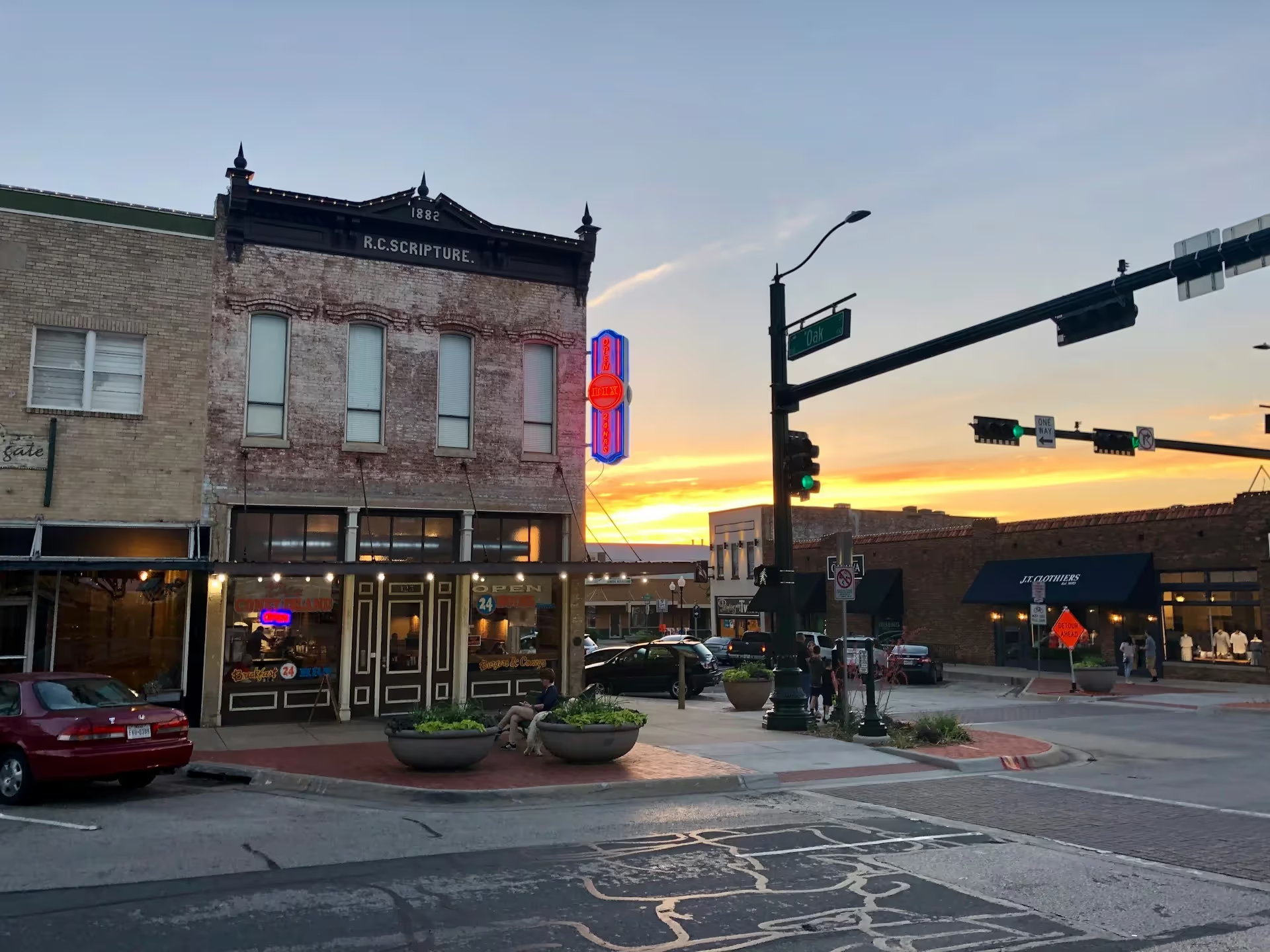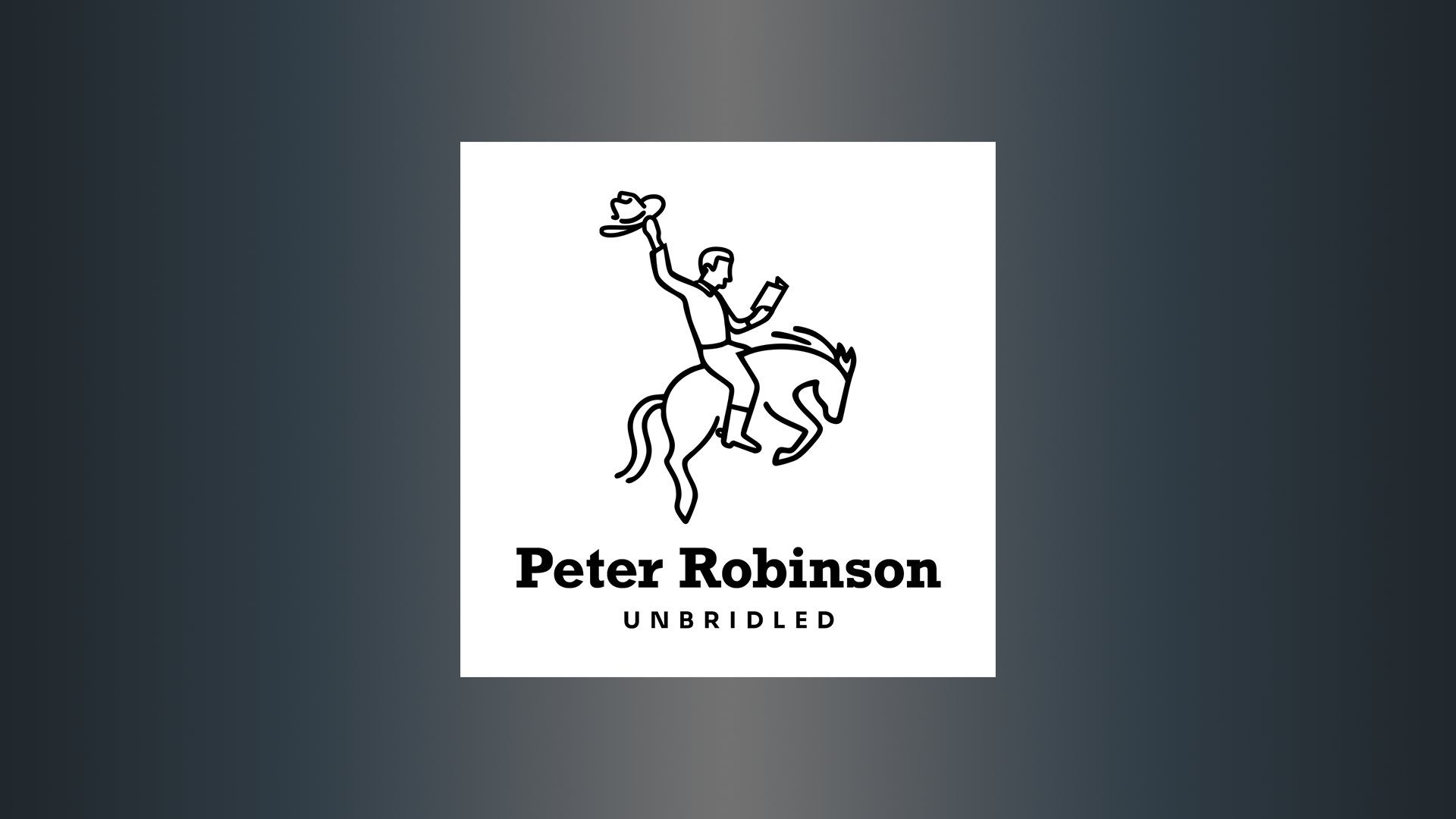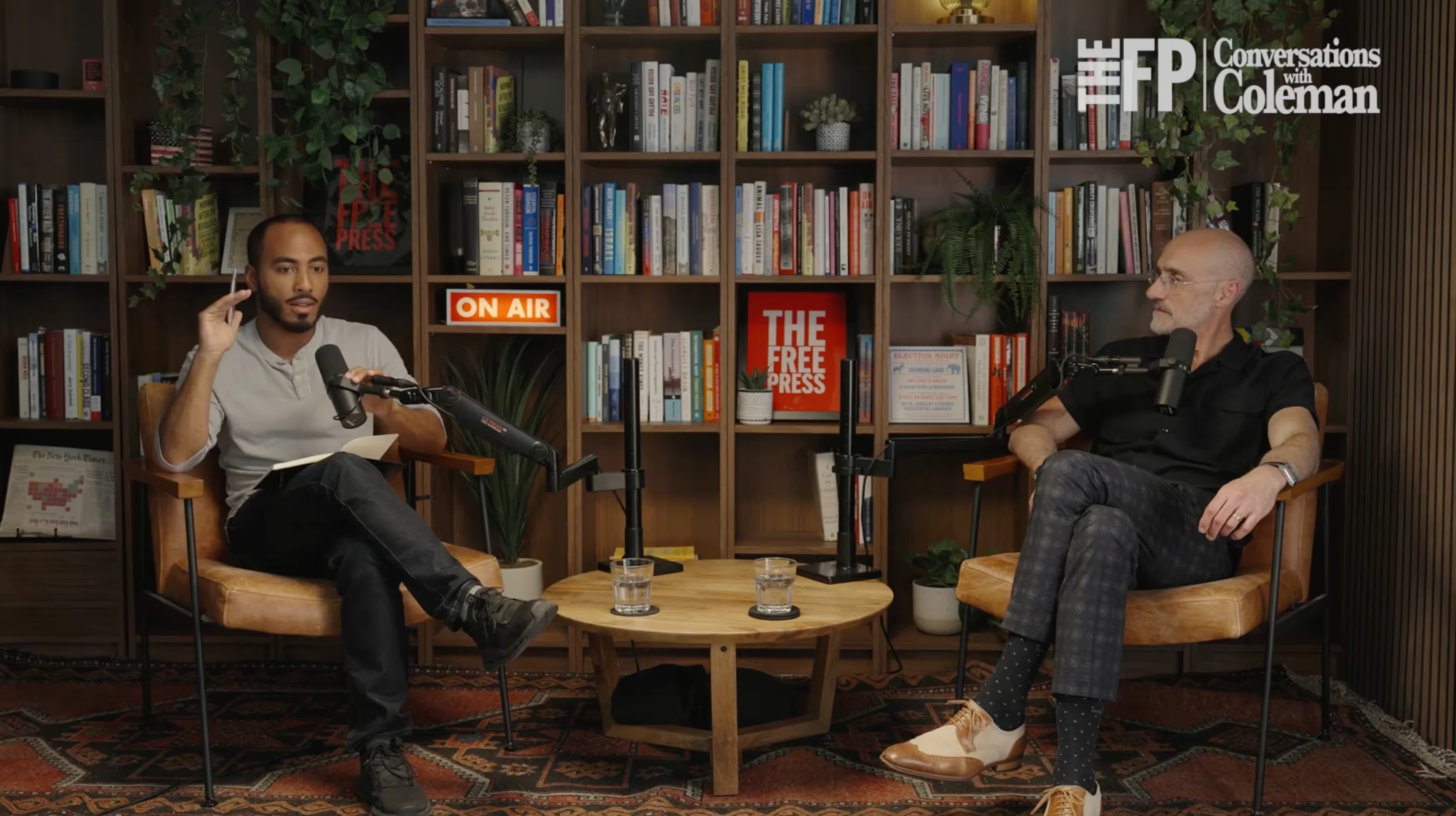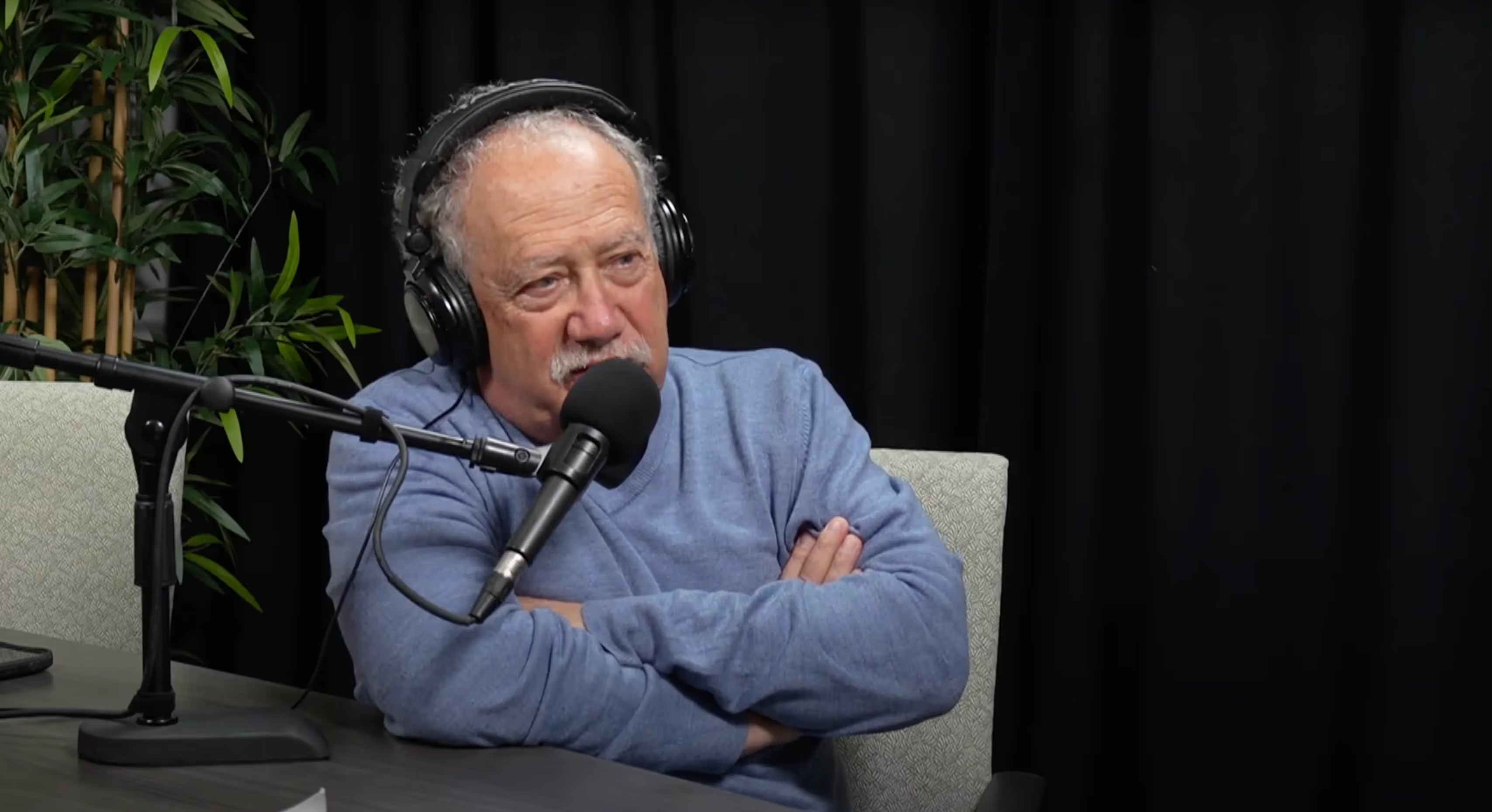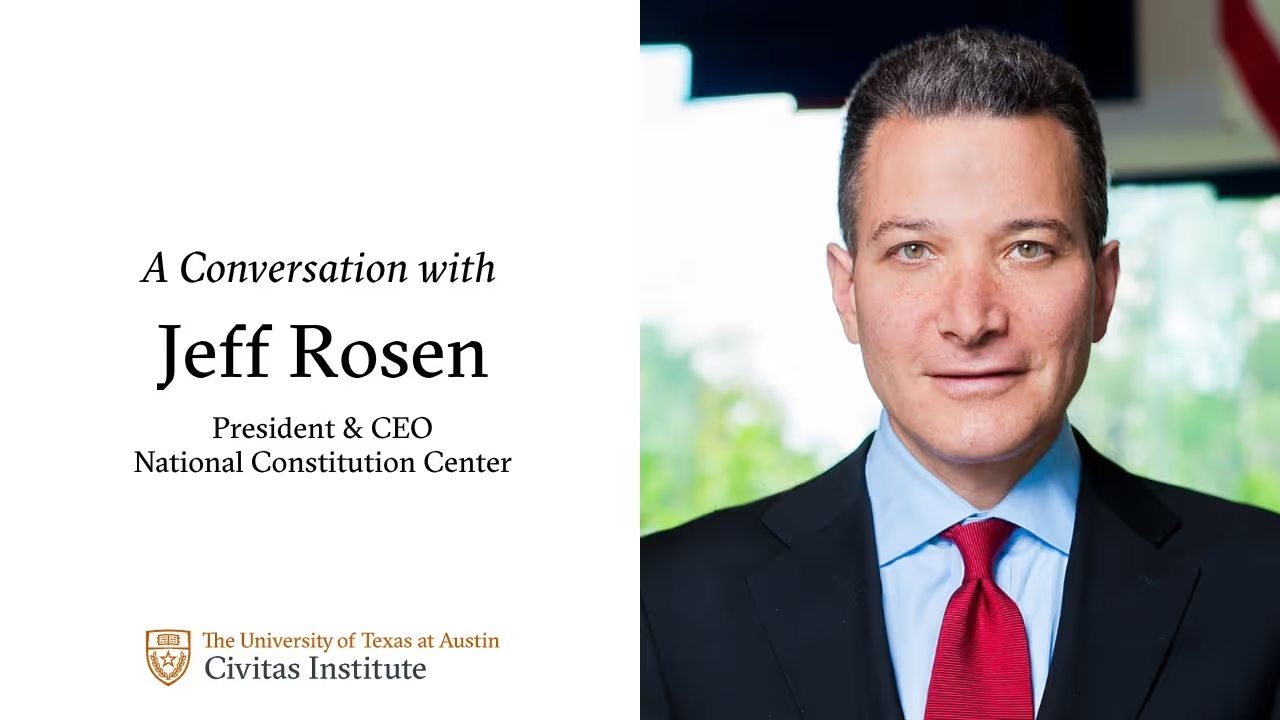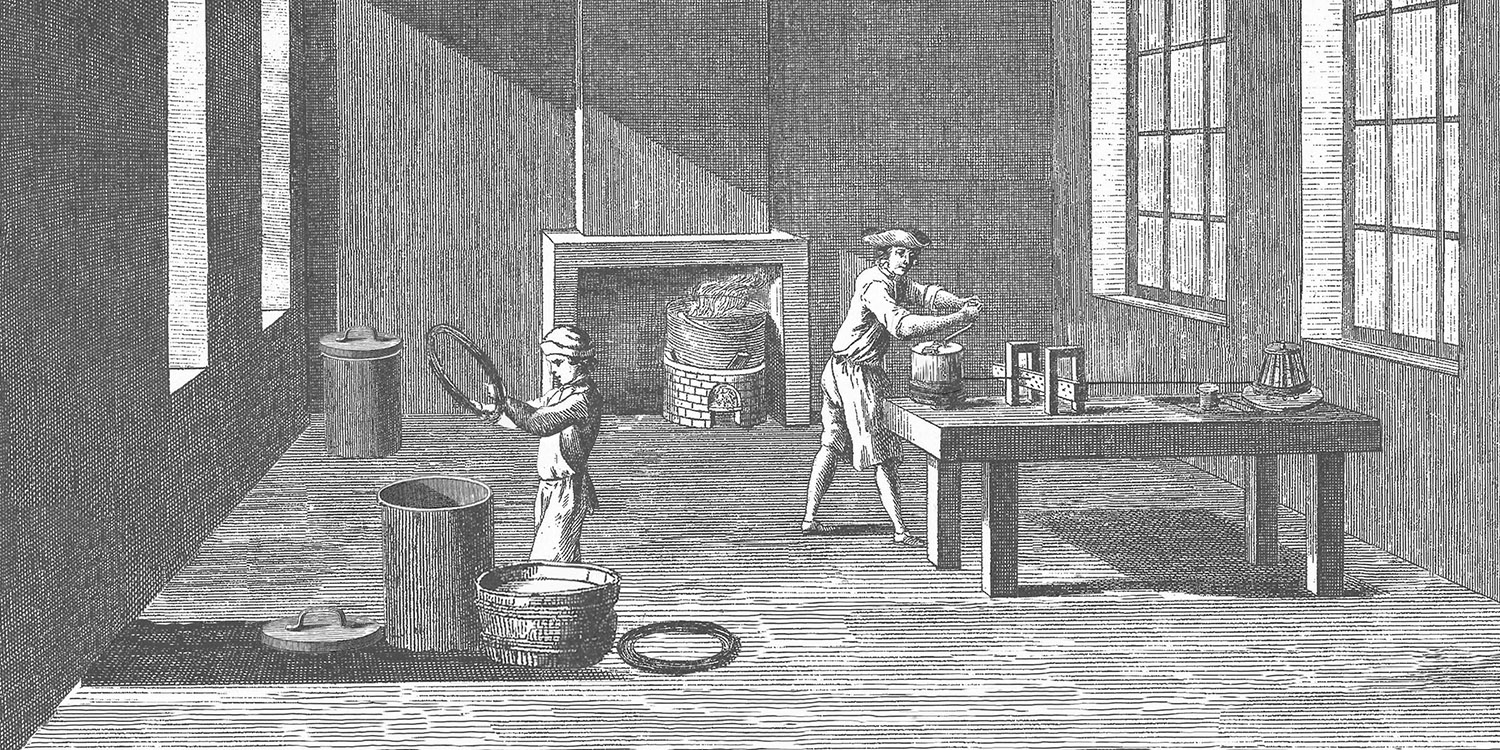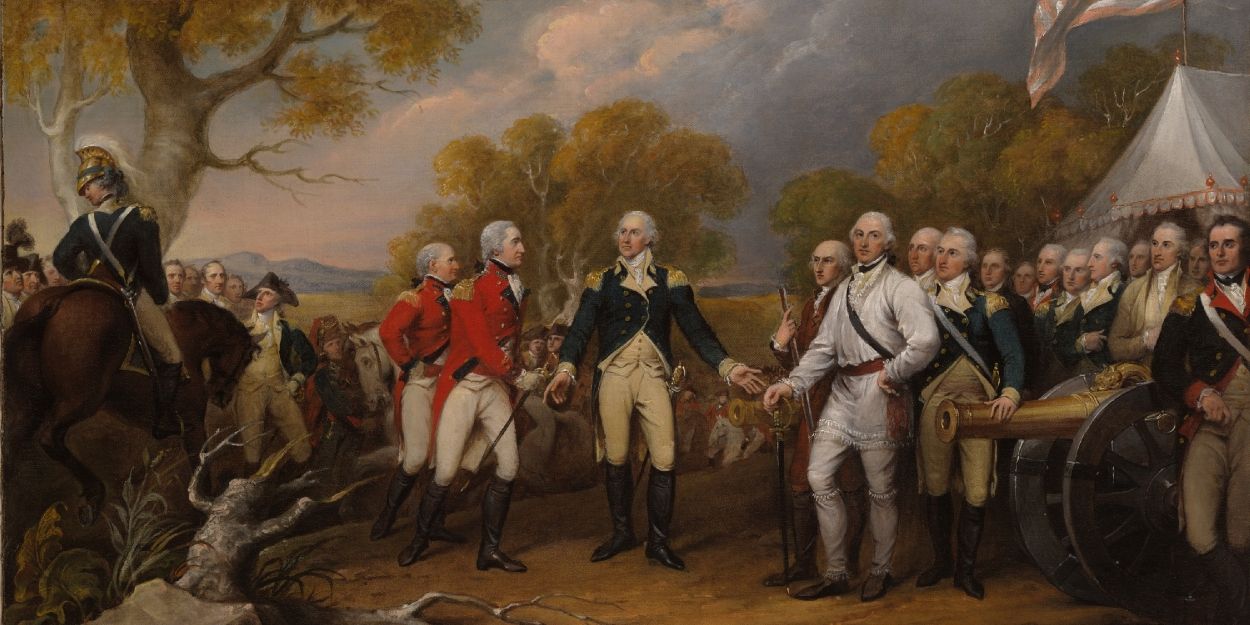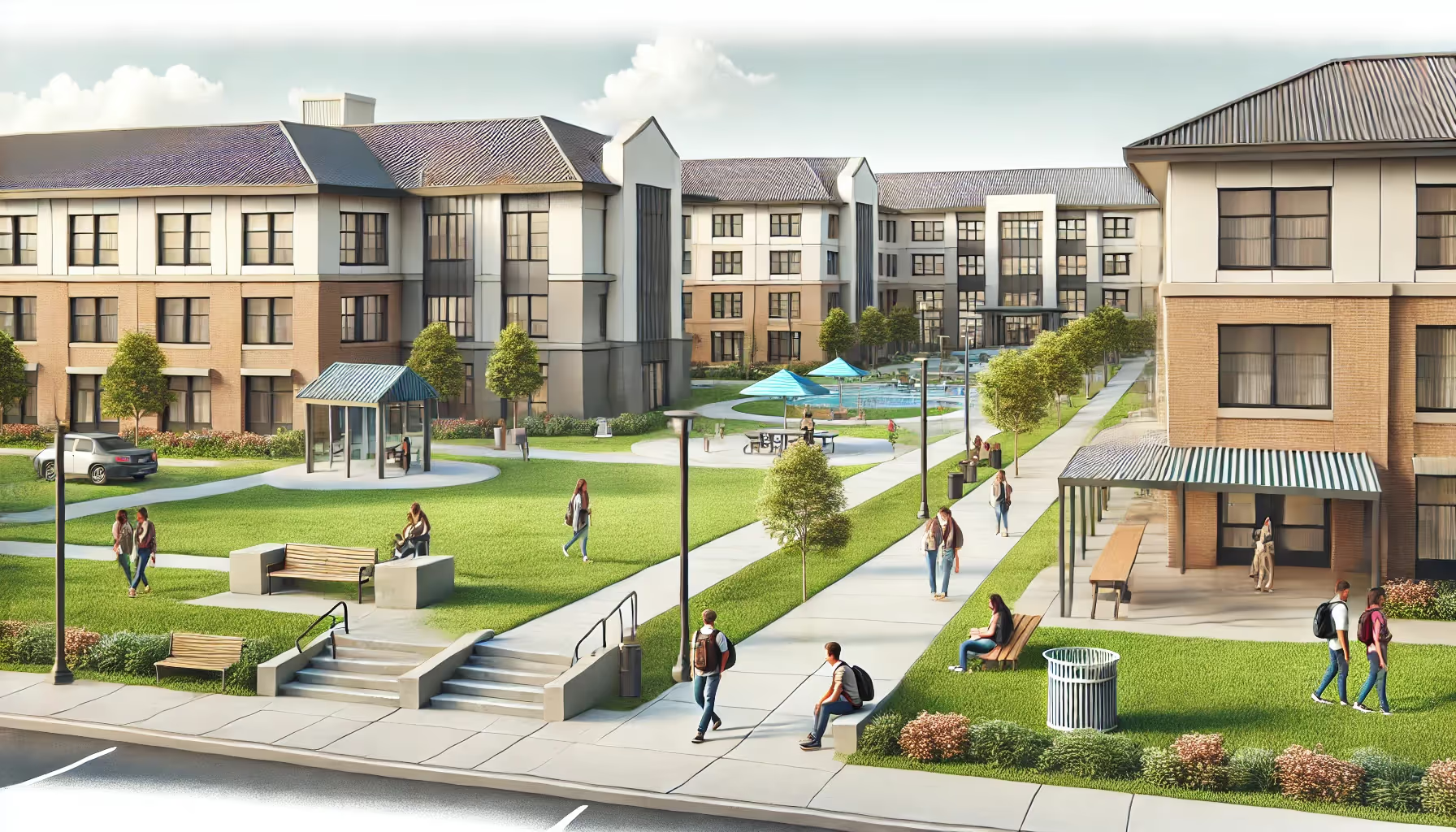
Estimating the Productivity of Community Colleges in Paving the Road To Four-Year College Success
Despite a relatively rich literature on the community college pathway, the research base on the quality differences between these institutions has been decidedly thin.
Introduction
Community colleges are the primary point of access to higher education for manyAmericans. Over 40 percent of all undergraduates attend a community college (CollegeBoard, 2014). In recent years, the Obama Administration has focused heavily on community colleges as critical drivers in the effort to increase the supply of college graduates in the U.S. Moreover, the push for free community colleges proposed by theWhite House, modeled after programs such as the Tennessee Promise,1 has also captured the attention of policymakers and the public at large.
Despite a relatively rich literature on the community college pathway, the research base on the quality differences between these institutions has been decidedly thin. The distinct mission and open-access nature of community colleges and the diverse goals of the students they serve make it difficult to assess differences in quality across campuses. Many suggest it is too difficult to identify which outcomes should actually be measured (Bailey, Calcagno, Jenkins, Leinbach, and Kienzl 2006). Nevertheless, strengthening outcomes at community colleges has been a large part of the national conversation about higher education accountability. Given the importance of the transfer pathway it is critical to better understand institutional determinants of transfer success.Although several papers have explored the potential quality differences across community colleges, to our knowledge, no paper has explored differences in institutional quality in the preparation for transfer, tracking students from the two-year to the four year sector.
In this paper, we investigate institutional differences in both the extensive and intensive margin of the transfer function across California's 108 community college campuses. Specifically, we start with the extensive margin as in Kurlaender, Carrell and Jackson (2016) by examining whether some community college campuses are significantly better (or worse) at producing students who transfer from the community college to a four-year college. Next, we examine the intensive margin of the transfer function by asking whether some community college campuses are better (or worse) at preparing students once they transfer to a BA granting institution. Importantly, due to the richness of our dataset, we are able to adjust our estimates for a host of observed student differences and potential unobserved determinates that drive selection. Most notable is the fact that our student-level college outcomes are linked to California high school records, which includes scores on 11th grade math and English standardized tests. We are also able to control for unobservable differences that drive selection by controlling for four-year college fixed effects. Additionally, we examine whether the community colleges who are relatively more (or less) productive on the extensive margin of the transfer function are also those colleges who are more (or less) productive on the intensive margin. Finally, we examine whether any observable characteristics of the community college are significantly correlated with transfer productivity.
The rest of the paper is organized as follows: in Section I we provide a brief background, reviewing some of the prior work on the transfer function and on community college quality; in Section II we describe the setting, data and methodological approach we employ for this analysis, in Section III we describe the findings, and in Section IV we conclude, providing a discussion of our findings and offering policy implications.
Read the Full Paper
This working paper was originally published by the National Bureau of Economic Research.
Pursuit of Happiness
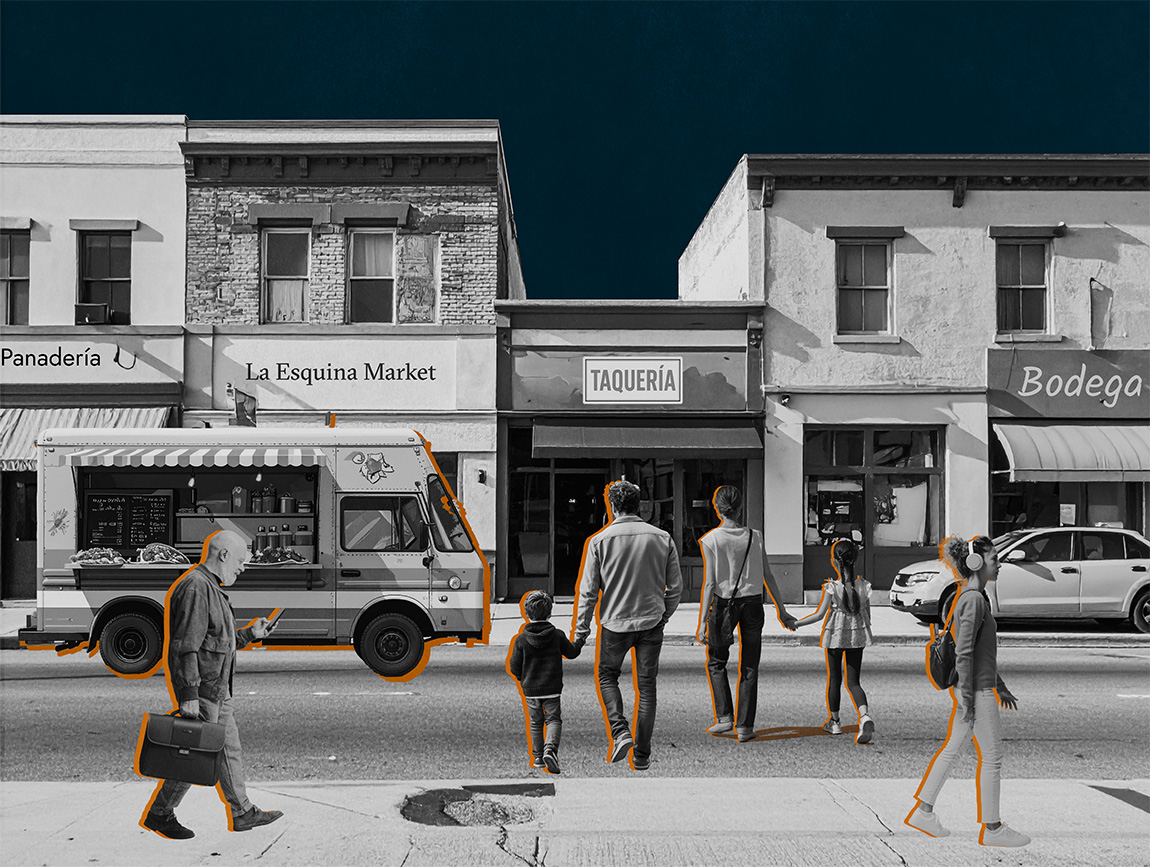
The Rise of Latino America
In The Rise of Latino America, Hernandez & Kotkin argue that Latinos, who are projected to become America’s largest ethnic group, are a dynamic force shaping the nation’s demographic, economic, and cultural future. Far from being a marginalized group defined by oppression, Latinos are integral to America’s story. They drive economic growth, cultural evolution, and workforce vitality. Challenges, however, including poverty, educational disparities, and restrictive policies, threaten their upward mobility. Policymakers who wish to harness Latino potential to ensure national prosperity and resilience should adopt policies that prioritize affordability, safety, and economic opportunity over ideological constraints.

Exodus: Affordability Crisis Sends Americans Packing From Big Cities
The first in a two-part series about the Great Dispersion of Americans across the country.
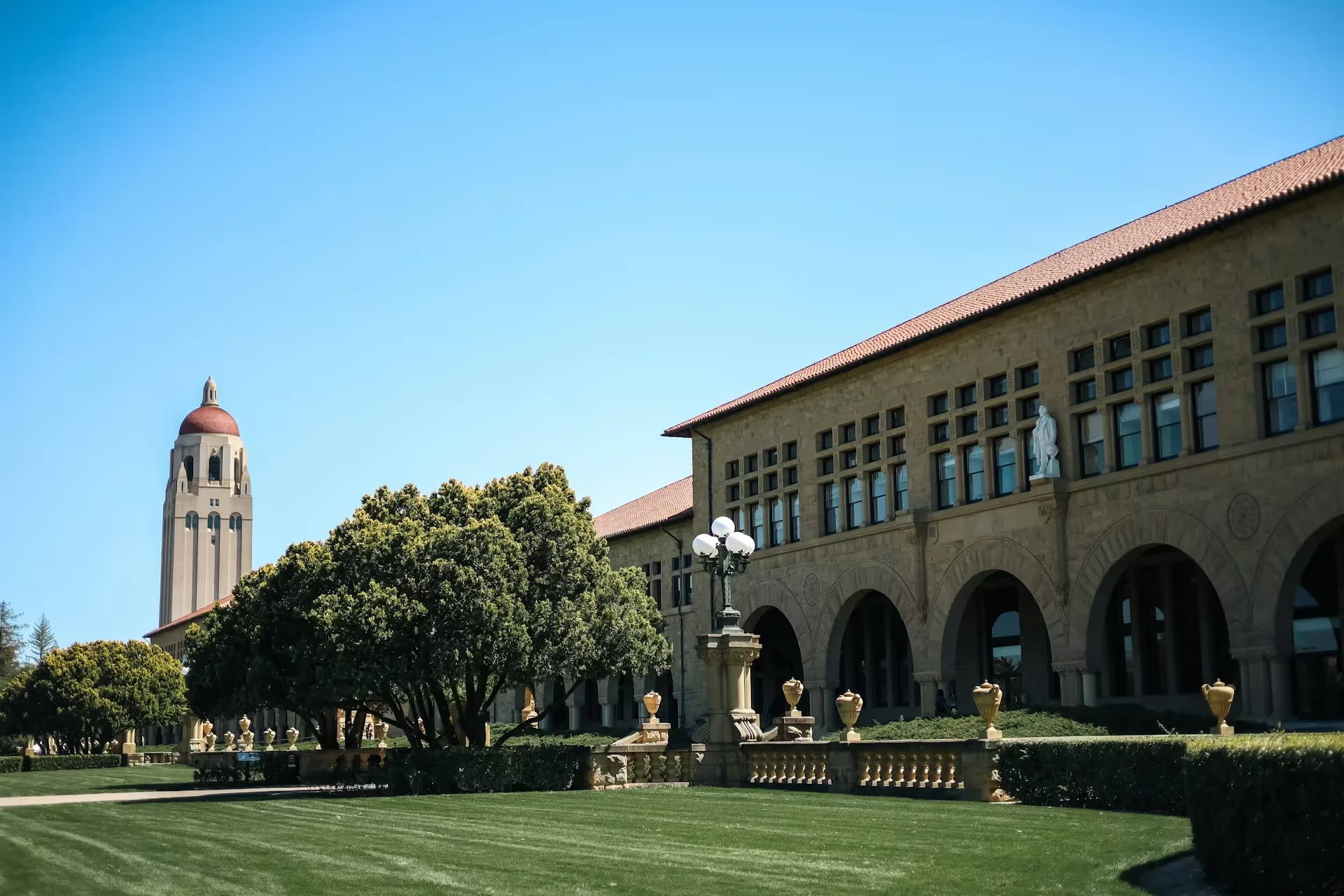
Stanford’s Graduate Student Union Tries to Stifle Dissent
The university may fire me because I won’t pay dues to a labor organization whose views I find repugnant.
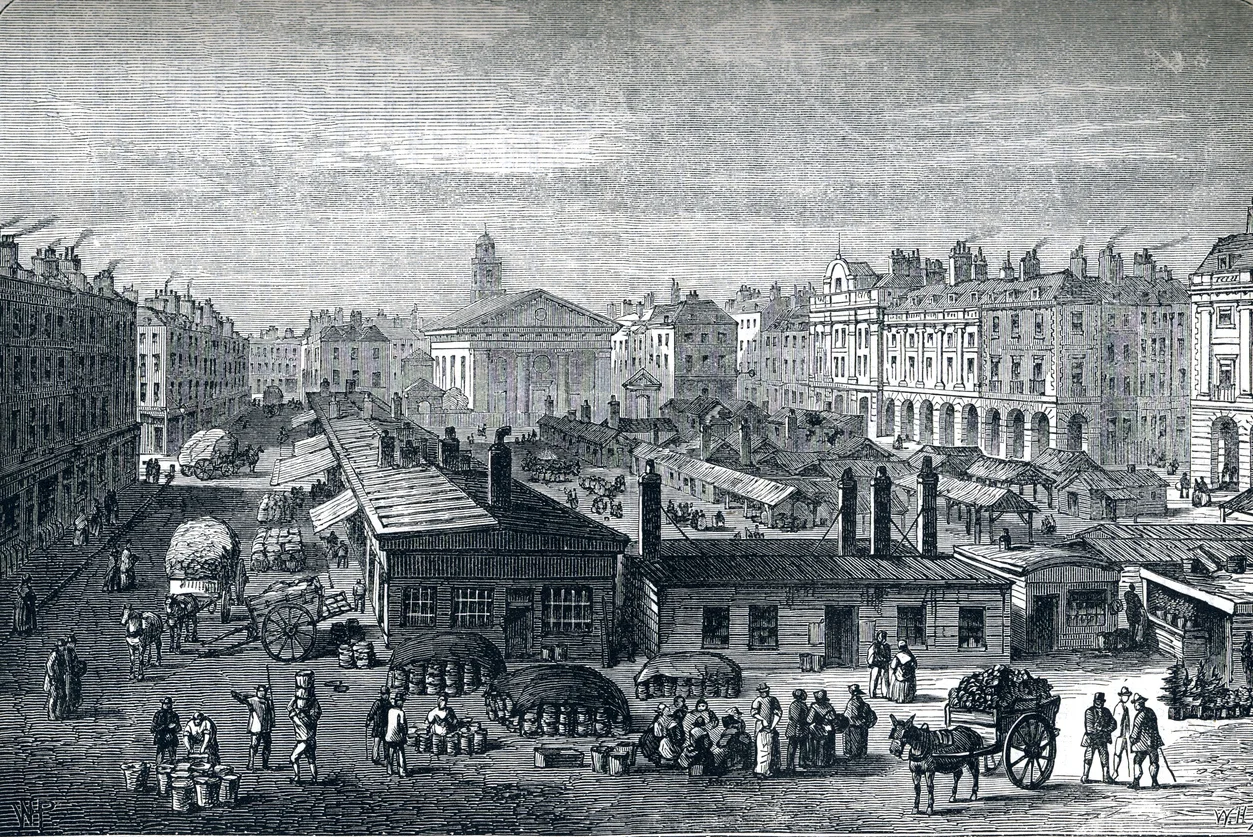
Return to the Common Law?
Andrew P. Morriss reviews a technical, but highly readable attempt to explicate how customary legal orders can govern a liberal society.

Junk the CAFE Standards
The regulation of air pollution, like that of any other dangerous externality, only works if the appropriate regulatory scheme is put in place at the outset, and that is where the current CAFE framework is fatally defective.



